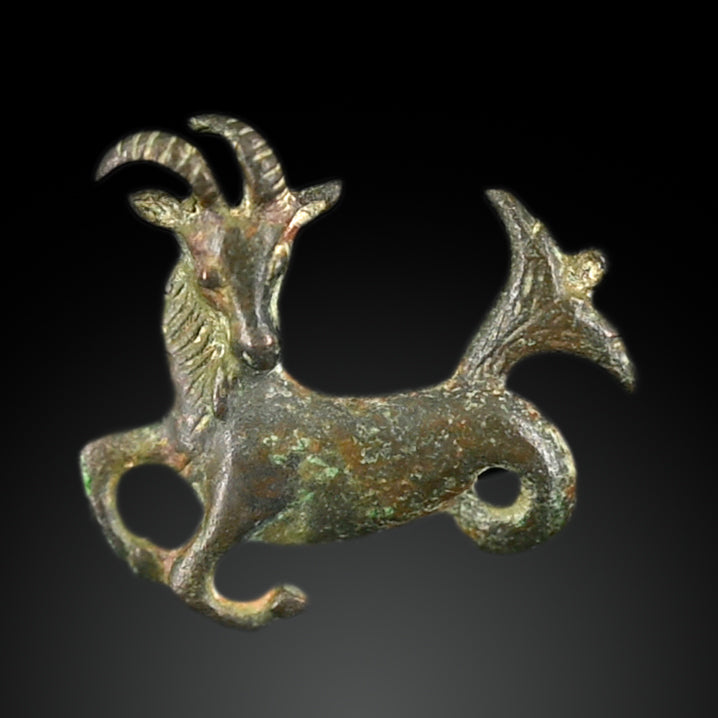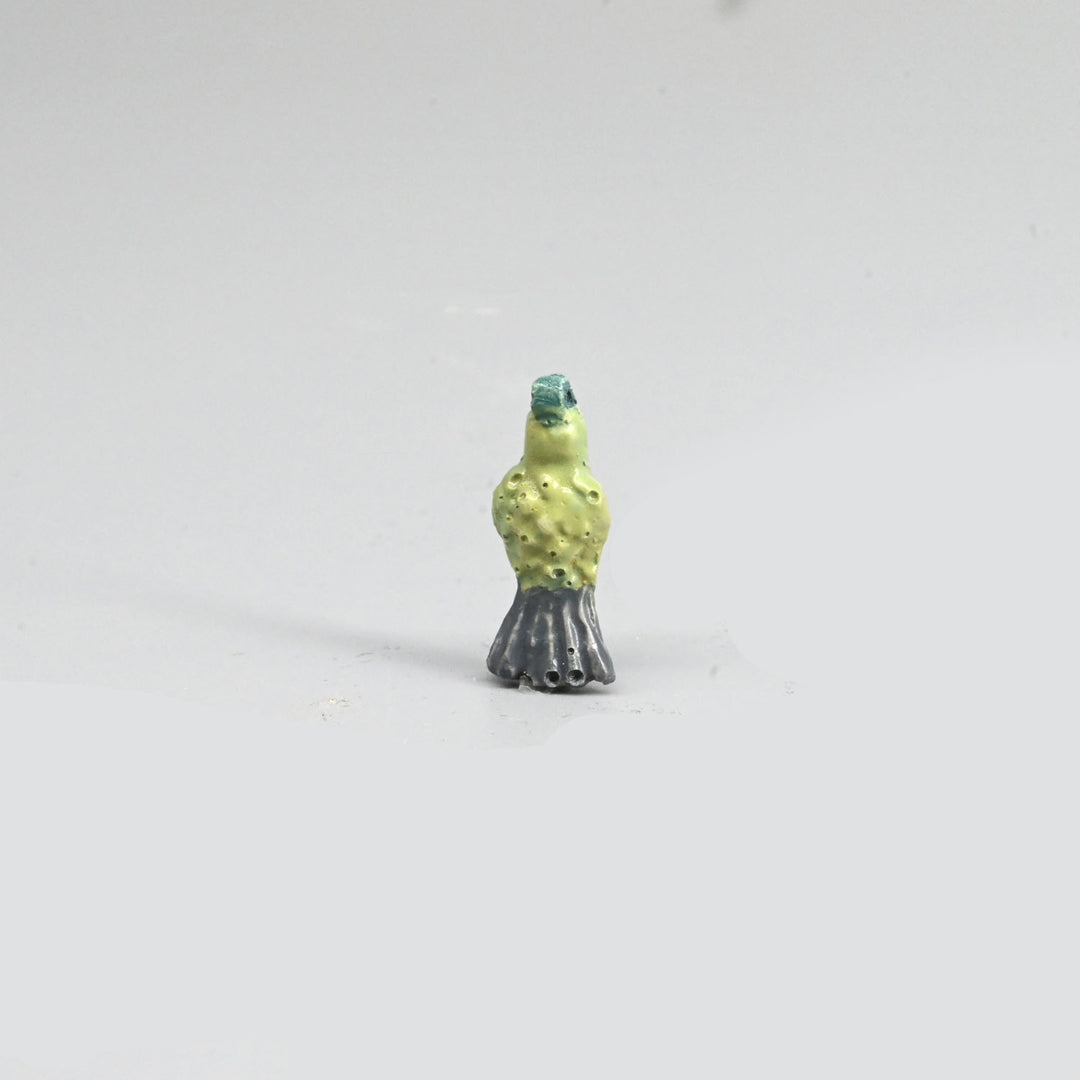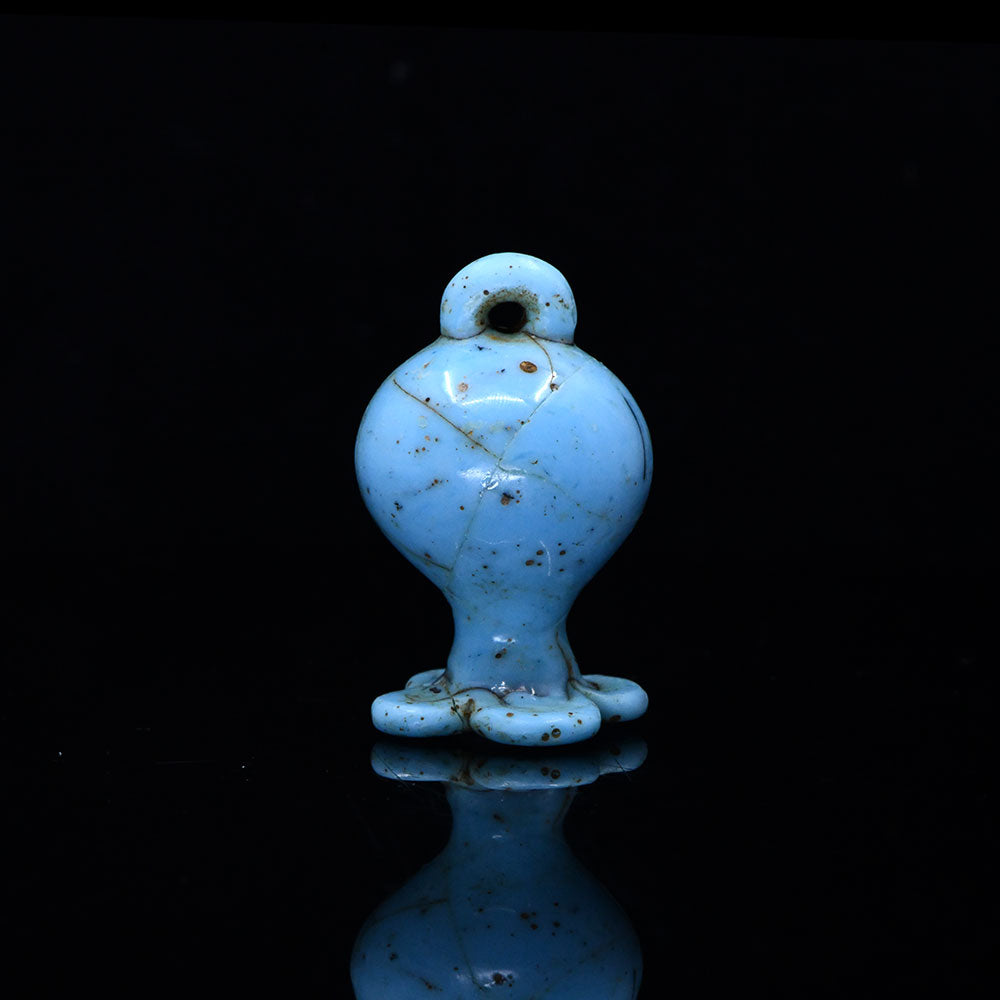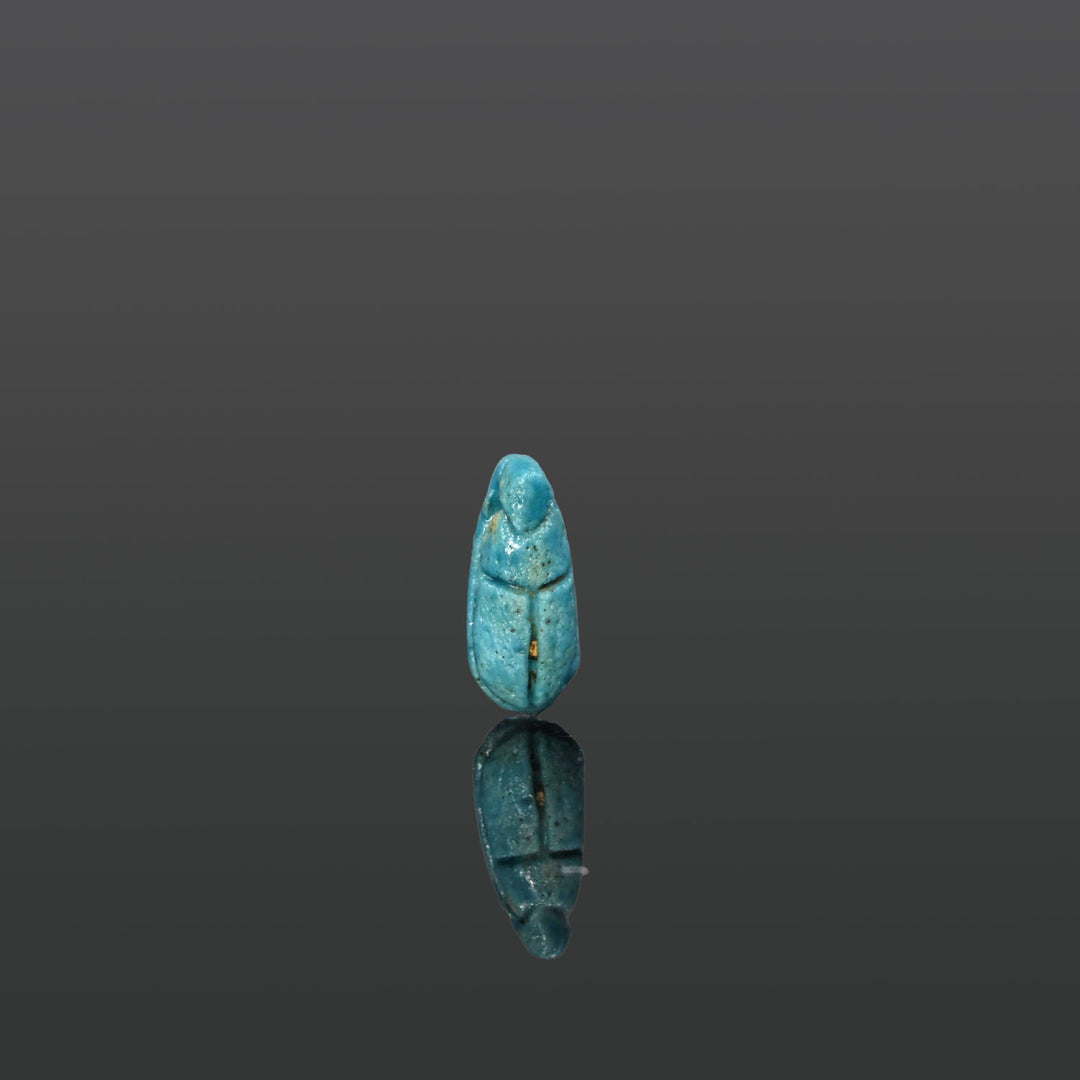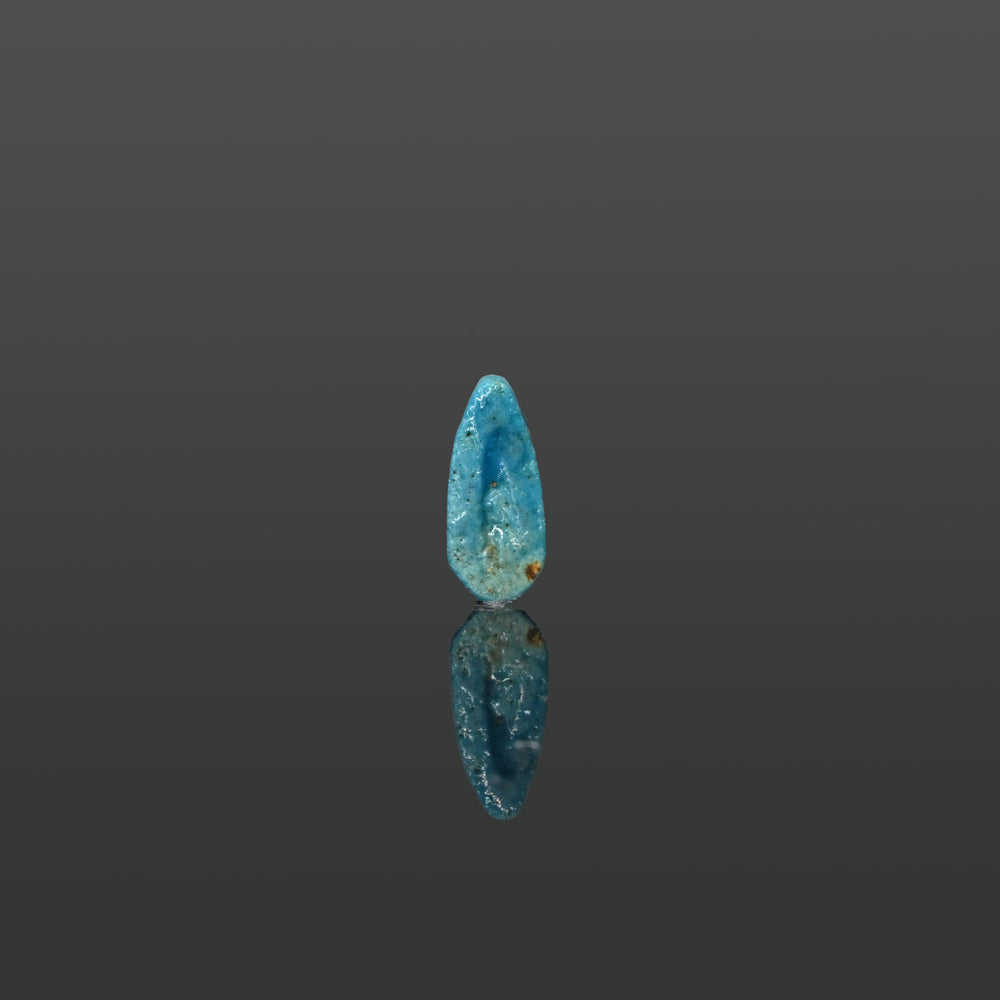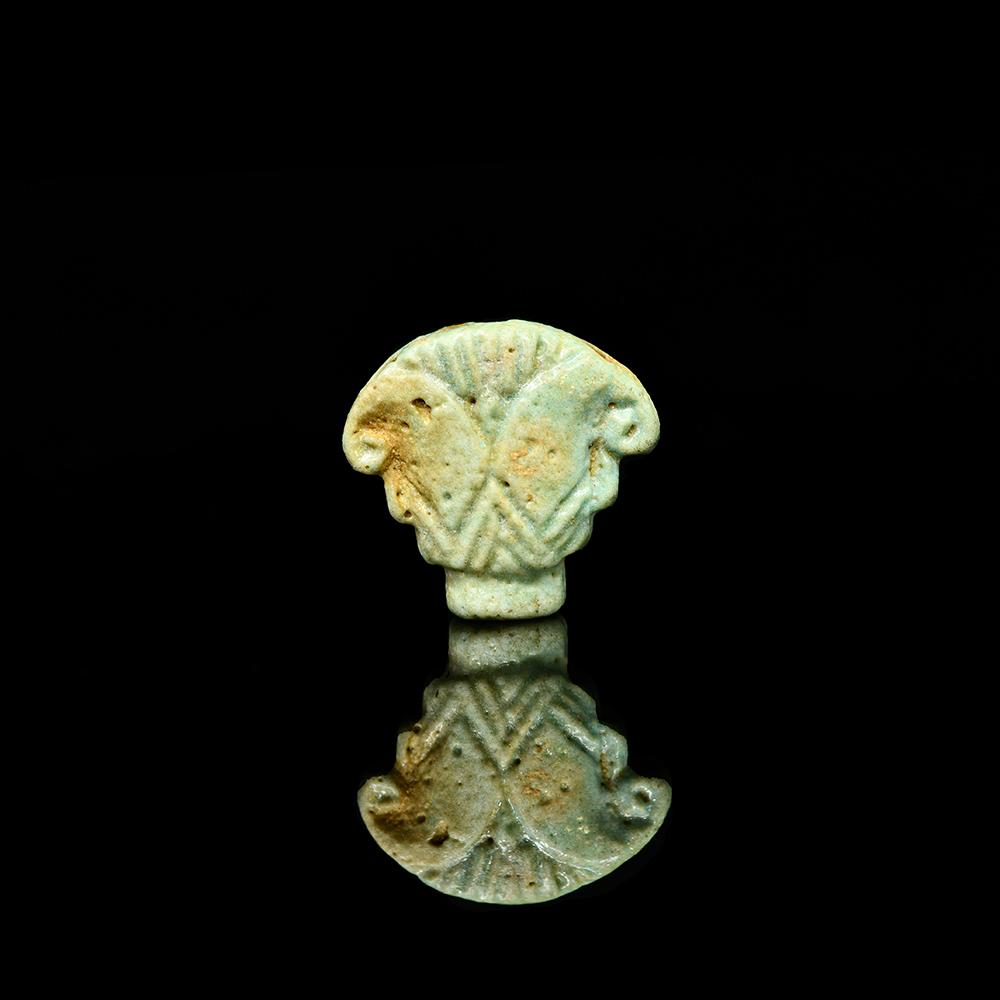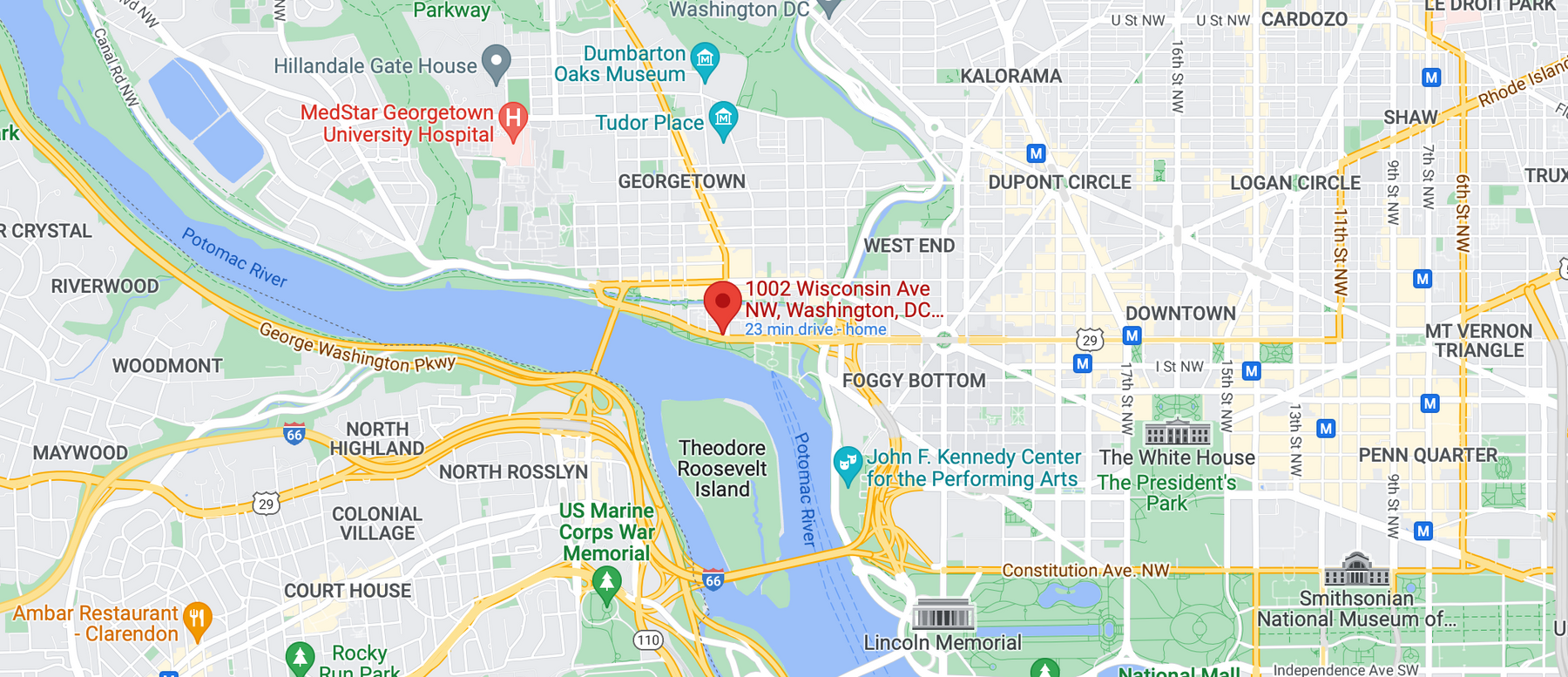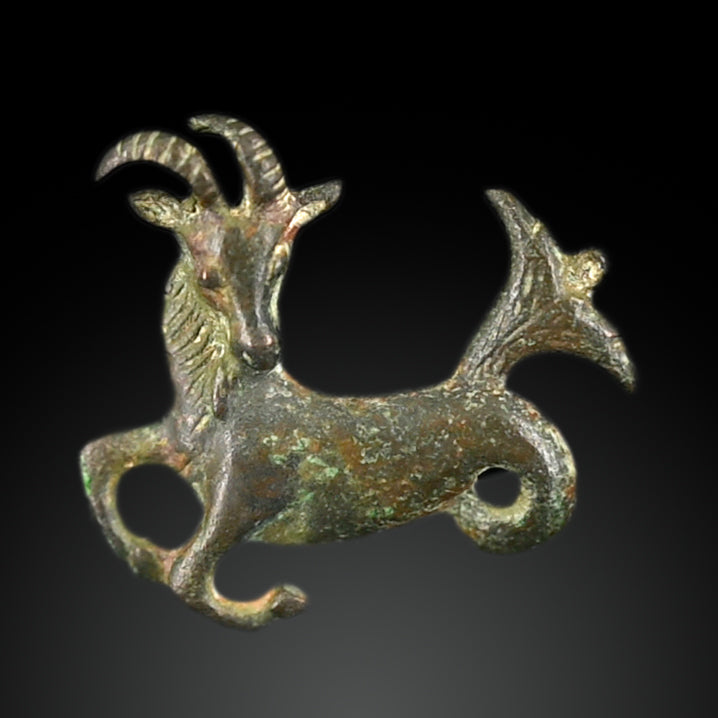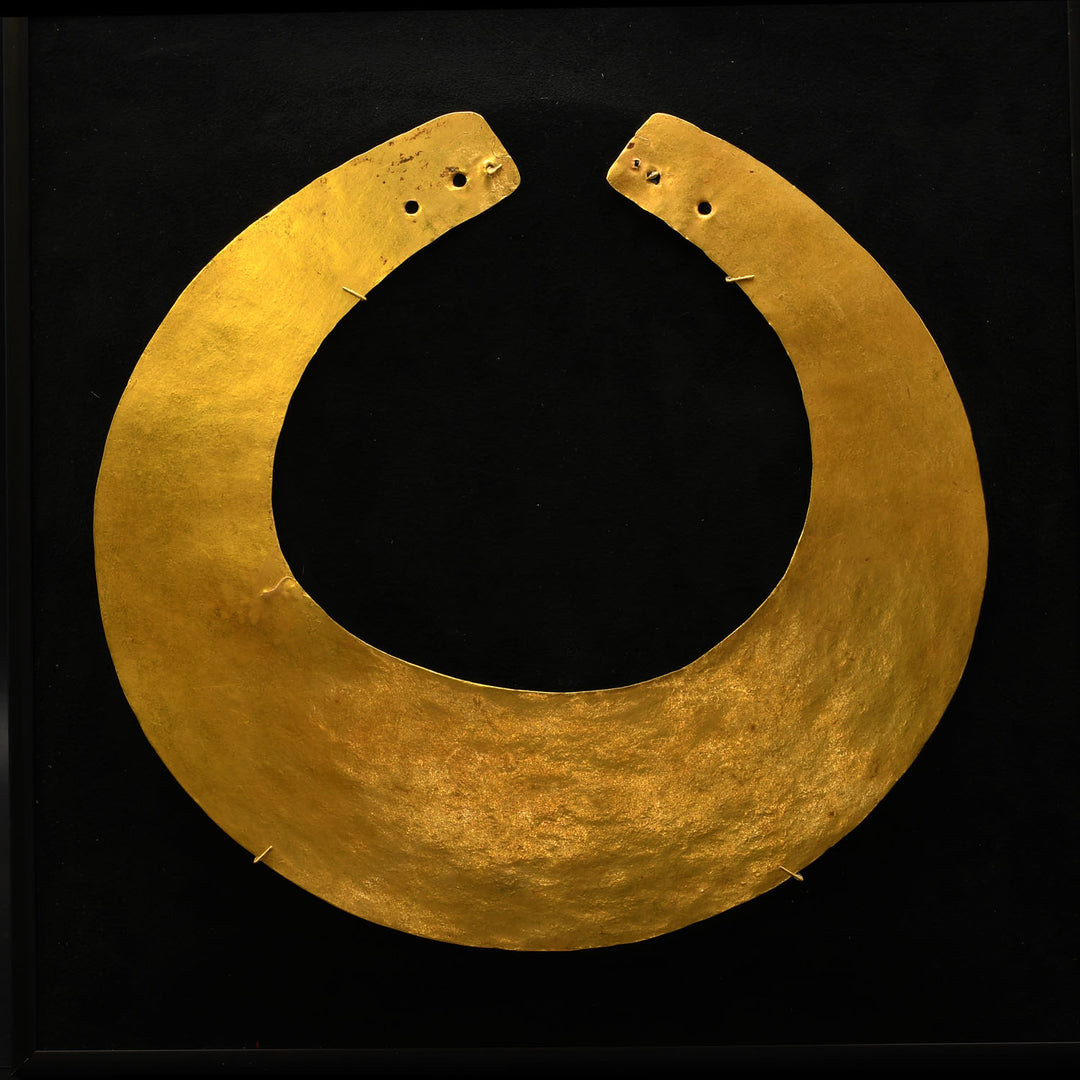An Egyptian Faience Floral Pendant, Amarna Period, ca. 1364-1347 BCE
EA2307
- This object qualifies for free USA shipping and a flat rate fee of $60 if shipping internationally.
Pickup available, usually ready in 2 hours
1002 Wisconsin Ave NW
Front store
Washington DC 20007
United States
+12023420518
In ancient Egypt, reproductions of cornflowers have been found dating back to the first half of the 4th millennium BC (Stone to Bronze Age). As a companion of cereal plants and probably also because of its similar color to the blue lotus, it soon became a symbol of life and fertility. It was even cultivated as a garden plant, portrayed, for instance, on wall friezes, and on wall and floor designs in houses and palaces of the Amarna period (1364-1347 BCE). Often flower heads appeared on faience and glazed earthenware, which was also used for pendants of earrings, necklaces, and collars for ladies.
Condition: Intact and in excellent condition overall, a lovely example.
Dimensions: Height: 2 cm (0.78 inch)
Provenance: Private Massachusetts collection, acquired from the London trade in the late 1980s - early 1990s.
Sands of Time provides a lifetime, unconditional guarantee of authenticity and provenance. Every object you purchase from us is accompanied by a Certificate of Authenticity, stating culture, provenance, and age.
Furthermore, we conduct due diligence to ensure the item, to the best of our knowledge, has not been illegally obtained from an excavation, architectural monument, public institution, or private property. Wherever possible, reference is made to existing collections or publications.Wherever possible, reference is made to existing collections or publications.
We ship Tuesday to Friday with FedEx and usually same day if your order is received before 2pm. Within the continental USA, packing, shipping and insurance is free. Depending on size and destination, delivery times range from one to five business days.
For overseas shipments we charge a small flat rate which includes packing, preparation of all customs paperwork, insurance and carrier fees in compliance with all USA and International customs requirements. Overseas shipments are sent using either USPS Priority Mail or FedEx but contact us if you have a shipping preference. International customers are responsible for all duties and taxes.


